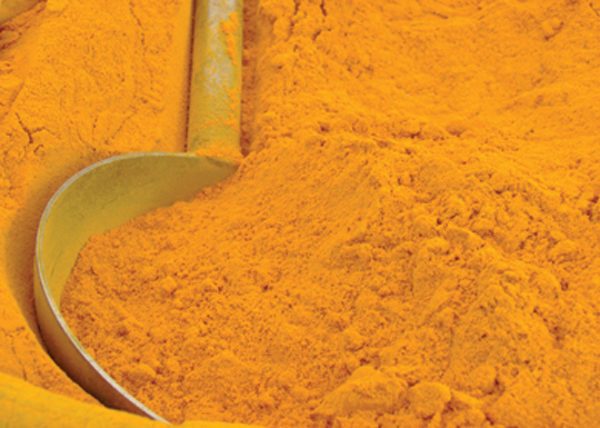
Effects of Antioxidant Levels in Diabetic Patients

Curcuminoids are natural, chain-breaking antioxidants derived from turmeric-extracted polyphenolic pigments rich in healthy benefits. Curcuminoids are limited by rapid intestinal and hepatic metabolism of its compounds, which is why piperine, an alkaloid, is used for its absorption-enhancing effects. The combination of curcumin and piperine has been tested as safe in previous trials.
TheInflammopharmacology study was completed with 100 participants, 50 of them in a placebo-controlled group. On a daily basis, the non-placebo group was given a 1,000 mg curcuminoid capsule with 10 mg of piperine added to enhance the bioavailability of the curcuminoids. The C3 Complex Curcuminoid in the study was prepared with the three major curcuminoids: curcumin, demethoxycurcumin, and bisdemethoxycurcumin.
Malondialdehyde (MDA)induces low-density lipoprotein modification and is present in those with T2DM. When low levels of superoxide dismutase (SOD) are present, oxidant levels tend to be higher; the same parallel is present in serum total antioxidant capacity (TAC).
At a rate of 1,000mg/curcuminoid blended with 10mg/piperine daily for 3 months, serum MDA was decreased while SOD and TAC activities were increased in patients with T2DM compared with the placebo-controlled group which had reduced SOD and TAC as well as unaltered MDA levels. BMI levels were also decreased in the curcuminoid group in this study.
Related Articles

The editorial team at WholeFoods Magazine has decades of experiences reporting on natural products industry news, trends, and more. This national, monthly business-to-business magazine has been published continuously for nearly 40 years (the magazine was founded in 1977, and has been owned by Wainer Finest Communications since 1984). It is the longest-tenured media outlet of its kind in the natural products industry. The editorial focus at WholeFoods Magazine is, and always has been, on informing and educating members of the natural products industry.
*These statements have not been evaluated by the Food and Drug Administration. These products are not intended to diagnose, treat, cure, or prevent any disease.
The Magazine
Information
About Us
NOTE: WholeFoods Magazine is a business-to-business publication. Information on this site should not be considered medical advice or a way to diagnose or treat any disease or illness. Always seek the advice of a medical professional before making lifestyle changes, including taking a dietary supplement. The opinions expressed by contributors and experts quoted in articles are not necessarily those of the publisher or editors of WholeFoods.







